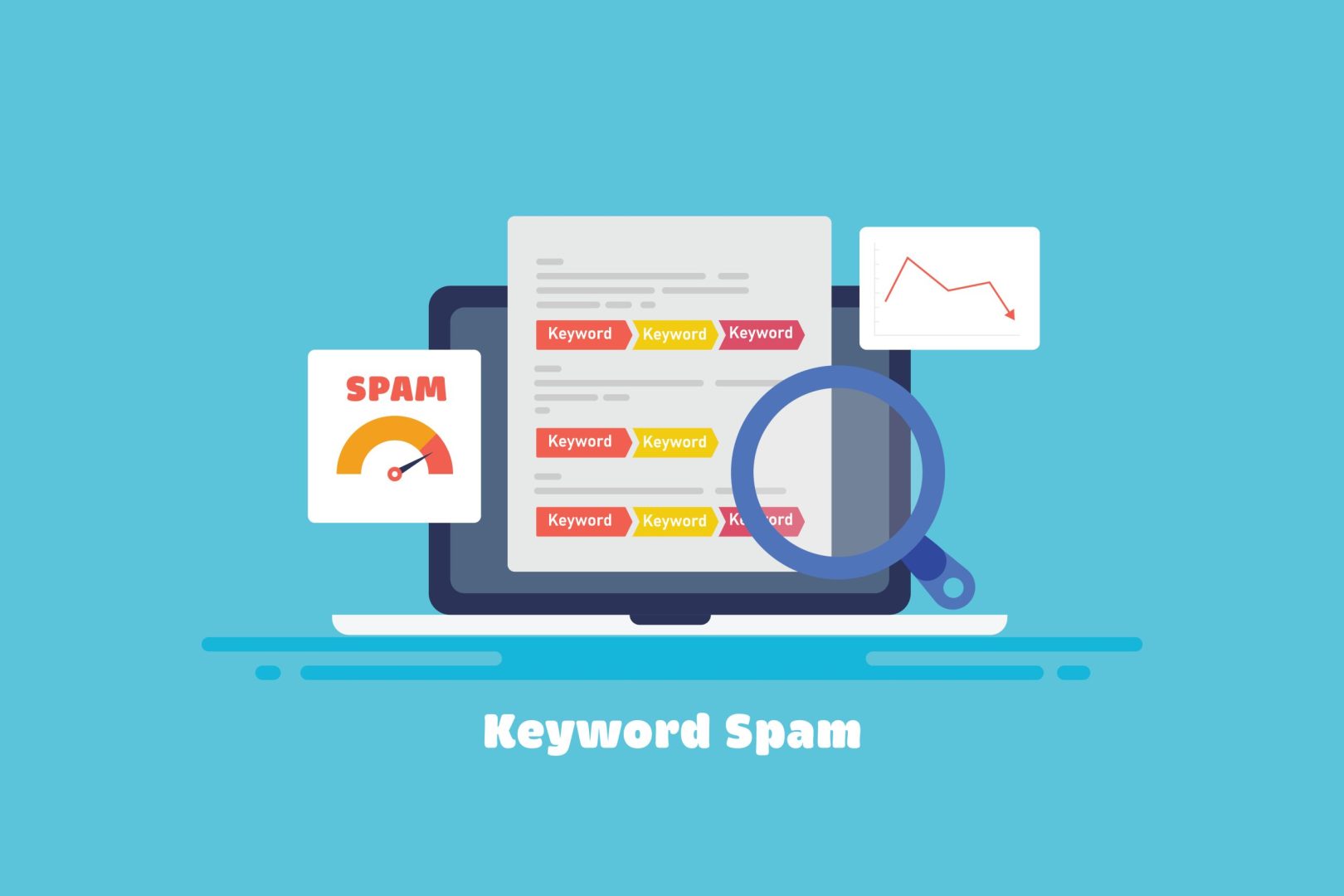Introduction
The top three search results on Google get 54.4% of all clicks. Ranking high on Google’s search engine is the top goal of any business. That’s why search engine optimization (SEO) is an important strategy that small and large businesses invest in.
SEO is a practice that increases the chances of a webpage ranking higher on Google’s search engine results page.
Some of the positive SEO strategies businesses can use include link-building, social media, blog posts, and content marketing. However, some strategies can actually harm a website’s rankings.
Google has outlined the different policies they consider to be spam and harmful to a website’s rankings. One of the most commonly used detrimental techniques is keyword stuffing.
This article discusses the top Google Spam policies, including keyword stuffing, and how to avoid them.
What is Keyword Stuffing?
Keyword stuffing is one of the oldest tactics for manipulating search engine algorithms. This method involves including a keyword as many times as possible throughout the copy on a website. The goal is to rank higher for that specific keyword on search engines like Google. This usually results in the text sounding unnatural and doesn’t add any value to the web page.
The strategy was successful back in the early 2000s when search engines relied on the frequency of the keywords to determine how to rank a site. However, as search engines became more advanced, updates to the algorithm made keyword stuffing harmful to a site’s ranking.
Avoid over-saturating your text with a specific keyword. Usually, if your text sounds natural and you aren’t intentionally inputting keywords where they don’t need to be, you shouldn’t be negatively affected by this spam technique.
However, you can check the density of your keyword in your text to make sure you aren’t keyword stuffing. Simply insert your text into an online keyword density checker like this one. For best results, your keyword shouldn’t exceed about 3-4% of total words.
What is Link Spamming?
Another ranking factor that affects search engine rankings is internal links and backlinks. Having a good amount of quality links on your webpage can benefit SEO. Similarly, the quality of backlinks from other sites that link to your website can increase your SEO.
Link spamming is a common technique meant to deceive search engine algorithms by increasing the number of links regardless of relevancy or quality.
Some examples of link spamming include buying/selling links, excessive link exchanges, or using automated programs to create links. Also, avoid embedding low-quality links in your site widgets.
What is Spammy Auto-Generated Content?
Google has listed automatically generated content as spammy in their spam search engine policies. Auto-generated content created using a program that doesn’t add sufficient value or any new information falls under the spam category.
Some examples include:
- text that doesn’t make sense to the reader but contains abundant keywords
- low-quality AI-generated text
- combining text from different web pages without regard for quality or novelty
- auto-translated text without human review
In most cases, new and useful content created without the use of a computer program won’t be classified under this category.
What are Misleading Content and Misleading Functions?
Generally, if you are attempting to mislead or bypass the algorithm, it will be harmful to your SEO.
One example of this is hidden texts and links. Using white text on a white background, hiding text behind an image, or making the text too small to read on any page on your website should be avoided.
Misleading users of the functionality of your site is also harmful.
If you practice honest, useful, and quality web design/content creation/SEO, your efforts will pay off. Google, and other search engines, prioritize value above everything else.
If you are looking to increase your website SEO with expert guidance, give Vortex Digital a call today at 319.621.0191 for a free, no-obligation consultation.









